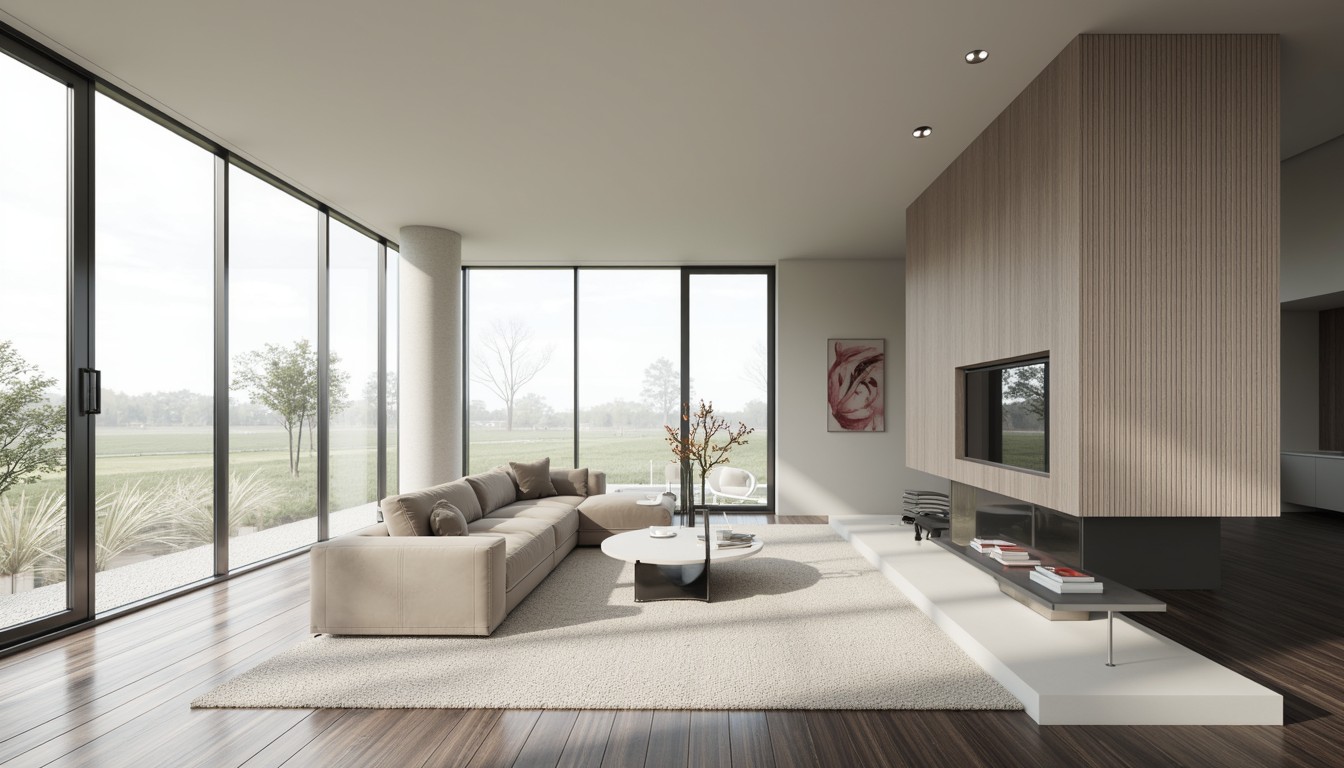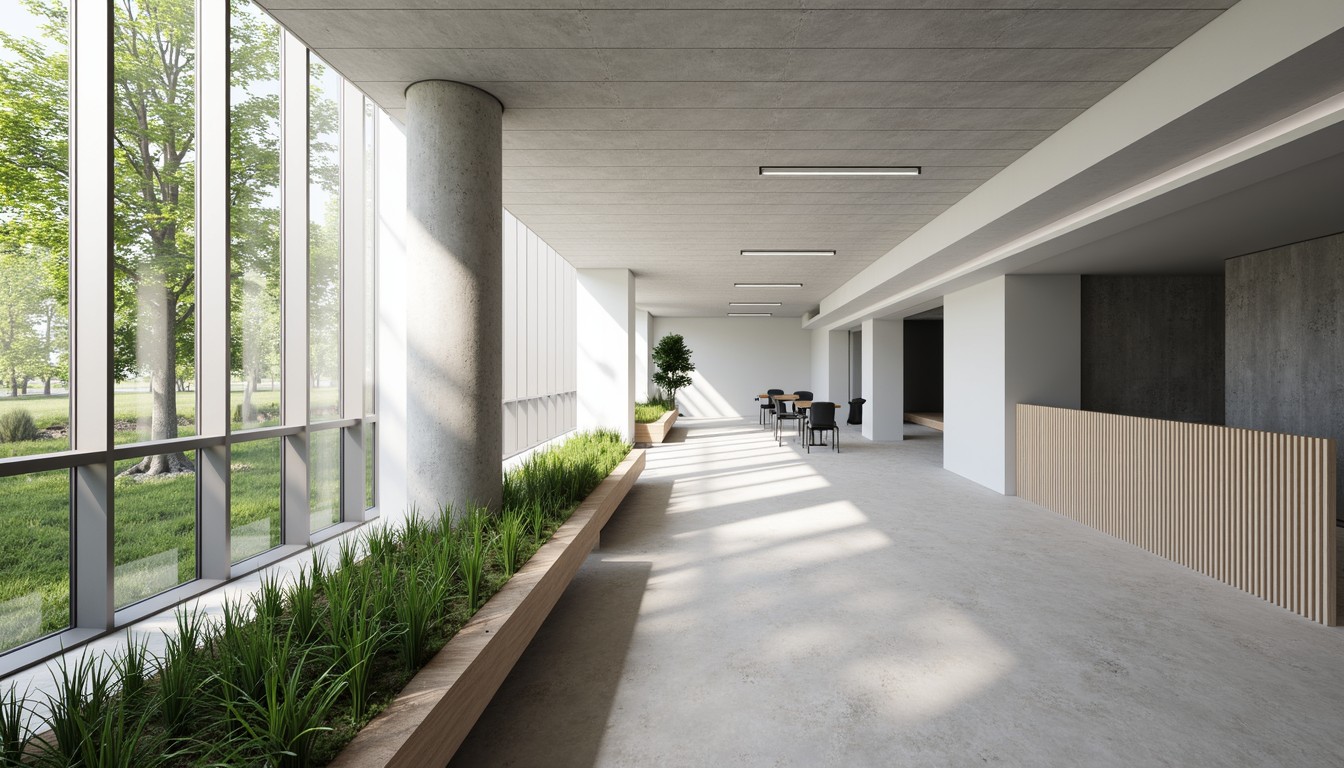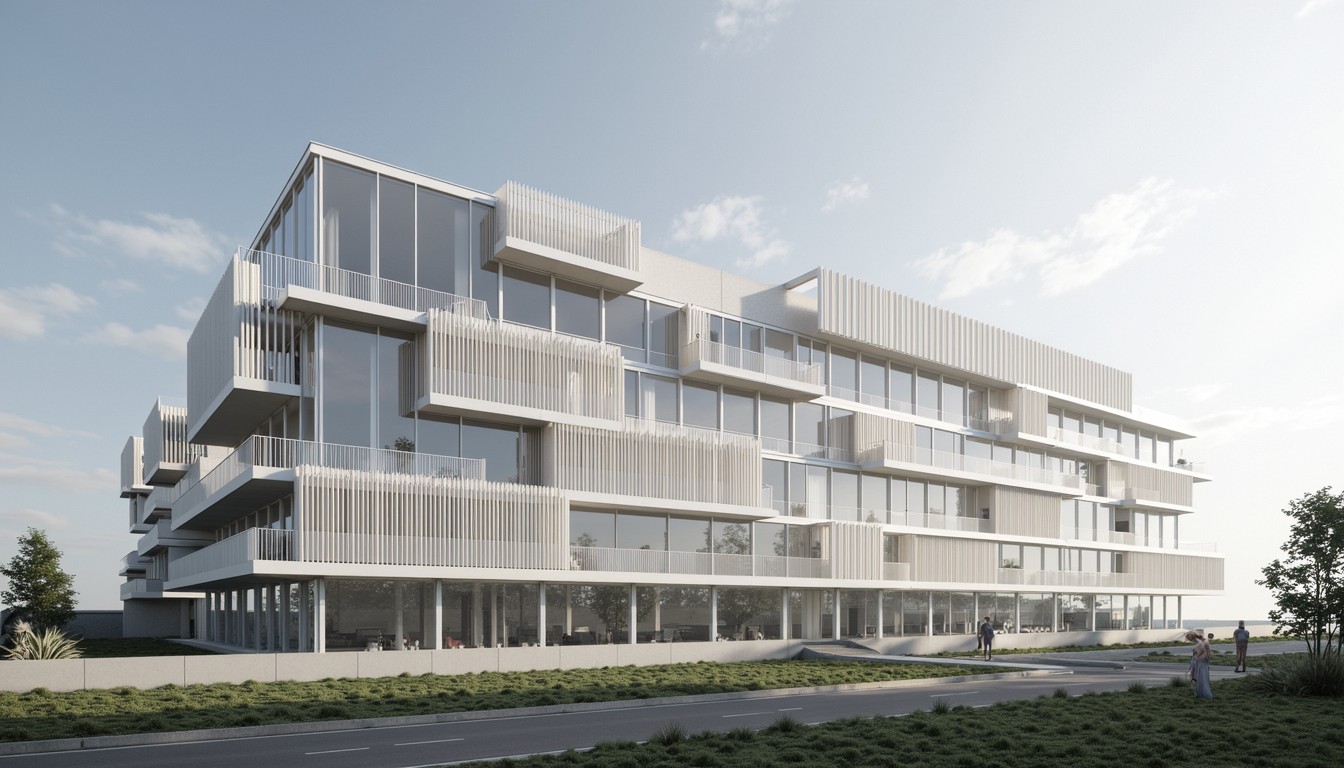Digital Transformation: Revolutionizing Architectural Design
The architectural landscape is undergoing a dramatic shift, driven by the relentless advancements in digital technologies. No longer a niche pursuit, digital transformation is becoming a fundamental necessity for architects seeking to remain competitive, innovative, and efficient. This transformation encompasses a wide range of tools and processes, impacting every stage of a project, from initial conceptualization to final construction and beyond.
BIM: The Cornerstone of Digital Architecture

Building Information Modeling (BIM) is arguably the most significant driver of digital transformation in architecture. BIM is a process involving the creation and management of digital representations of physical and functional characteristics of places. This goes far beyond simple 3D modeling; BIM creates a dynamic, intelligent model containing comprehensive data about every aspect of a building. This data can be accessed and utilized throughout the project lifecycle, enabling improved collaboration, reduced errors, and optimized construction processes.
Real-world applications of BIM include:
- Clash detection: Identifying and resolving conflicts between different building systems (MEP, structural, architectural) before construction begins, saving time and money.
- 4D BIM (Construction scheduling): Integrating construction schedules into the model to visualize the construction process and optimize sequencing.
- 5D BIM (Cost estimation): Linking the model to cost data for accurate budget forecasting and cost control.
- Facility management: Utilizing the BIM model for ongoing maintenance and operations of the building after completion.
Architectural Visualization: Elevating Client Communication
Architectural visualization has evolved from static renderings to immersive, interactive experiences. High-quality visualizations, including photorealistic renderings, virtual reality (VR) walkthroughs, and augmented reality (AR) applications, are crucial for effectively communicating design concepts to clients and stakeholders. This enhances client engagement, facilitates informed decision-making, and minimizes the risk of costly revisions later in the project.
Advanced visualization techniques include:
- Ray tracing and path tracing: Generating highly realistic images with accurate lighting and shadows.
- VR walkthroughs: Allowing clients to virtually experience the space, fostering a deeper understanding of the design.
- AR overlays: Superimposing digital models onto the real-world environment, enabling clients to visualize the building in its context.
Generative Design: Unleashing Creative Potential

Generative design leverages algorithms and artificial intelligence (AI) to explore a vast number of design options based on predefined parameters and constraints. This allows architects to push the boundaries of creative exploration, rapidly generating innovative and optimized designs that might not have been conceived through traditional methods. Generative design is particularly useful for complex projects with multiple constraints, such as sustainable design or complex structural requirements.
Data Analytics and AI in Architecture
The increasing availability of data is transforming architectural practice. Data analytics can be used to analyze building performance, optimize energy efficiency, and inform design decisions based on real-world data. AI-powered tools are also emerging, capable of automating tasks, predicting project outcomes, and assisting with design optimization.
Cloud Collaboration and Project Management
Cloud-based platforms are revolutionizing collaboration in architectural projects. These platforms enable seamless sharing of design files, facilitate real-time communication among team members, and streamline project management workflows. This improves efficiency, reduces errors, and fosters better communication between architects, engineers, contractors, and clients.
The Role of ArchNav in the Digital Transformation

ArchNav is at the forefront of this digital transformation, providing cutting-edge architectural visualization services that empower architects to communicate their designs effectively and efficiently. We leverage the latest technologies, including BIM, VR, AR, and high-resolution rendering, to create stunning and informative visualizations that help our clients secure projects and bring their visions to life. Our expertise lies not just in creating beautiful images but in understanding the strategic value of visualization in the modern architectural workflow.
Conclusion
Digital transformation is reshaping the architecture industry, demanding a shift in mindset and the adoption of new technologies. Architects who embrace these advancements will be better positioned to create innovative, sustainable, and efficient designs while improving client communication and project management. ArchNav is committed to being your partner in this journey, providing the expertise and cutting-edge technology you need to thrive in this evolving landscape. Contact us today to discover how we can help you leverage the power of digital transformation for your next project.
